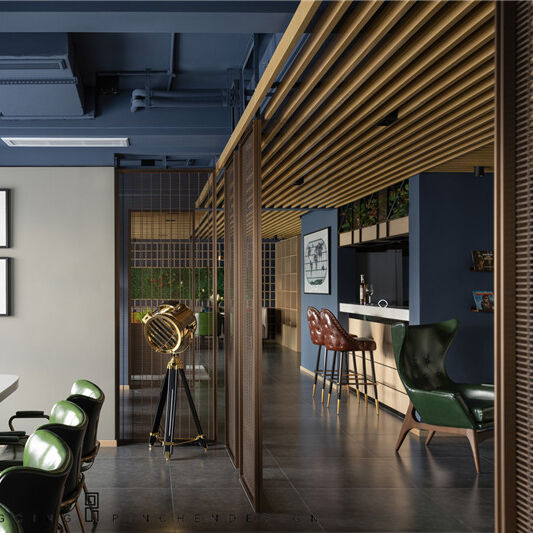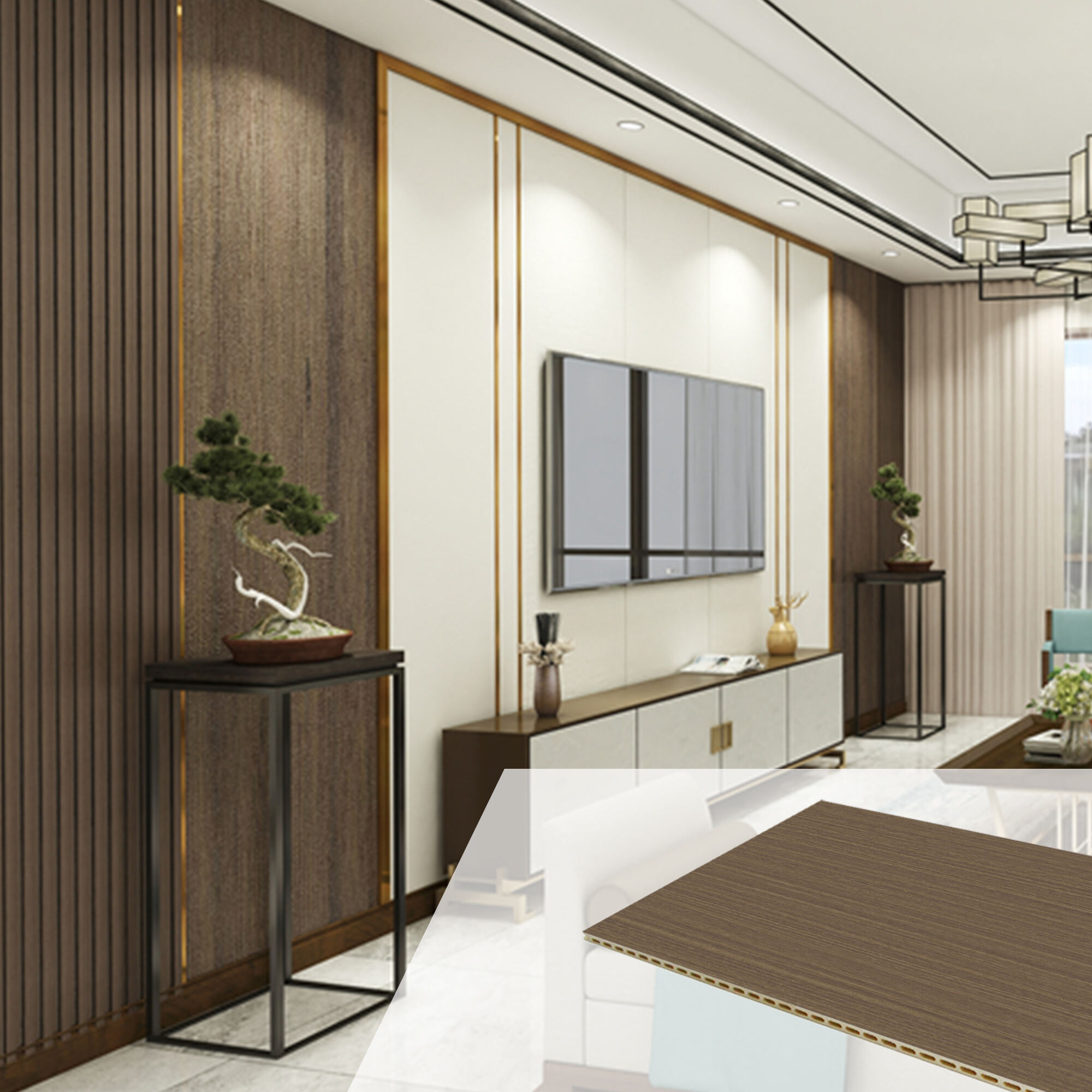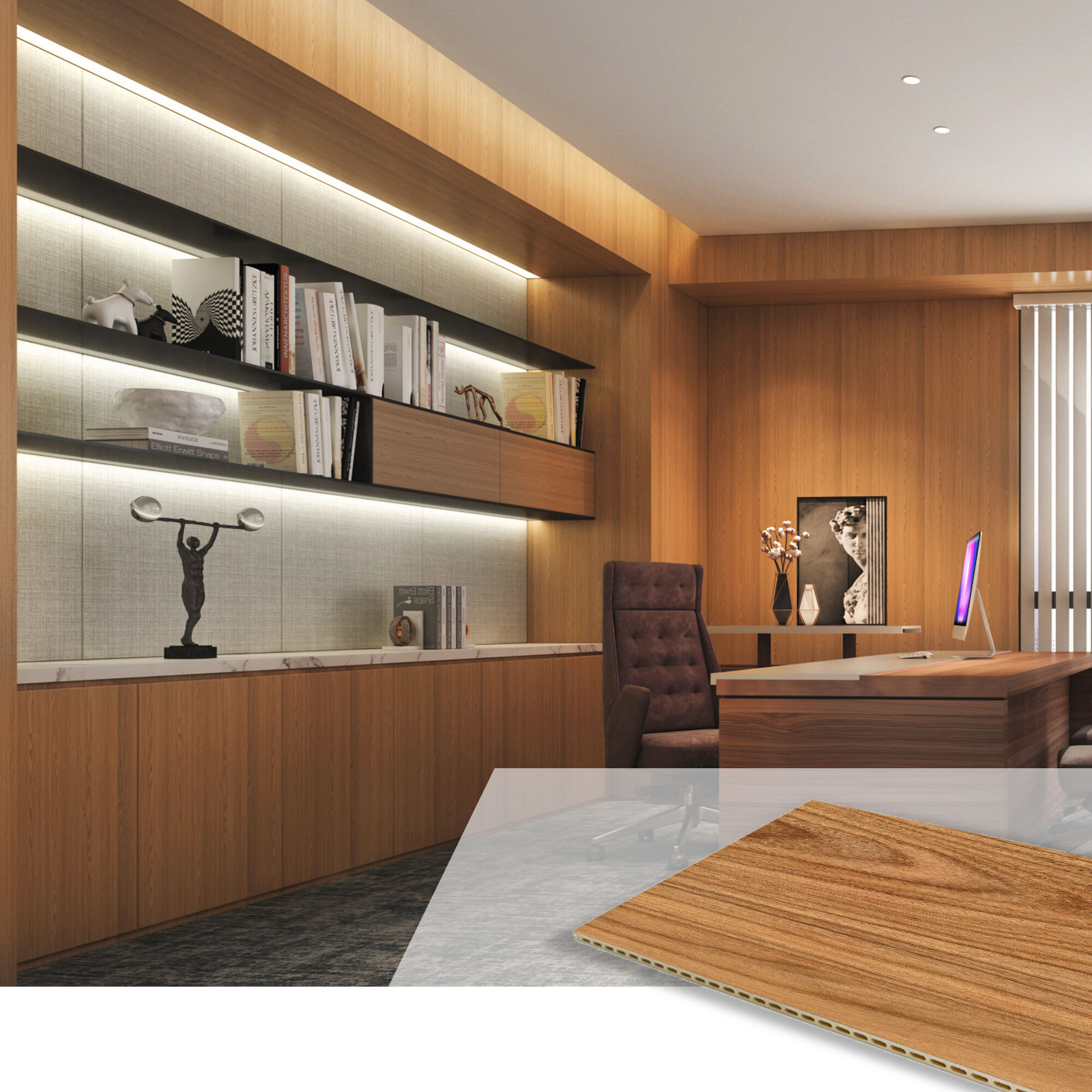Customizable Design Flexibility
The adaptability of walnut slat wall panels sets them apart in the world of architectural elements. Each panel can be customized to meet specific design requirements, with options for slat width, depth, and spacing that can dramatically alter the visual impact. The natural variation in walnut wood grain patterns ensures that each installation is unique, while maintaining consistency within the overall design scheme. Designers can choose from different finish options, from natural oiling to custom staining, allowing the panels to complement any color palette. The modular nature of the system enables creative installations, including curved walls, floating ceiling applications, and feature walls with integrated lighting. The panels can be seamlessly combined with other materials and can accommodate custom inserts for lighting, speakers, or decorative elements.


